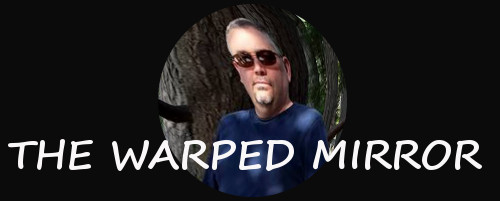In my last post Finding My Muse – Part 1, I explored what I called the Mona Lisa Effect. It is when a painting draws you in to discover the story revealed in part in the painting, that something that keeps you coming back again and again.
It is no easy endeavor to take a blank canvas and capture a moment such that it compels us to stop long enough to enter into a time and place other wise unknown to us.
When we look at a painting (the same is true of photographs), we are voyeurs peering at moment captured on canvas. If the viewer is a voyeur, how much more so is the artist who contemplates the image for an hour, a week or perhaps years, the image slowly emerging as the brush caresses the canvas. The artist takes what is seen with the eyes, reshapes it in the intimacy of the theater of the mind, and releases it to make the journey to the cold white canvas.
The story captured may be profound, sublime or entirely pedestrian. IF the artist has excelled and final work hung upon a wall, we are compelled to stop and play the voyeur peaking through the bushes to see the world in a way we have never seen it before.
Perhaps “voyeur” is an unfortunate term in that it has obvious negative connotations that are not intended here. Unlike a voyeur, we enter in at the artist’s invitation to participate in the story. Yet, like the artist, what we see is both present and untouchable, real and unreal.
In the creation of art and the viewing of art, there is a danger, a precipice that entices us like a sirens call. I believe it was George Bernard Shaw who said, “You use a glass mirror to see your face; you use art to see your soul.”
When a painting reveals what could be or should be or even will be in a way that makes us desire to be who God created us to be, that is a good thing. When a painting reveals the lust and covetousness, the evil that lurks in our hearts, that too is a good thing, since in so doing we see our selves as we are. We see our selves as being far from who God created us to be.
The precipice is not in revealing of who we are, but in pushing so far that the mirror into the soul, the work of art, becomes a source of perpetuating the evil that lurks within. It is painfully obvious when the line has been dramatically crossed. In the extreme, we have graphic blood and gore movies, and blatant pornography. At this extreme, the images have but one purpose, to inappropriately arouse our primary senses — our lower brain functions.
On the other extreme we have whitewashed walls lacking anything human or aesthetic. They are devoid of life. They are devoid of story, of humanity. It is like staring into mirror that reflects nothing back. It is disconnected from our experiences.
As a Pastor, I work with real people with real stories. Some stories are painful, others more joyful, but no story is whitewashed…at least not for long. We are a messy people living in a messy world.
As an artist, I seek to tell a story, often obliquely. It may be a story of hope, of the passing of time, of inner struggles, the desire to be loved, the pain of brokenness, of new beginnings, the stories of people and the stories of creation. Whether it is a buffalo on the plains or a contemplative elderly woman, there is a story and it says something about us. What do I love, what do I hate, what do I seek, what do I fear…?
As a Pastor and as an artist, I seek to draw people away from the emptiness of whitewashed walls, and to draw people from the primeval side of the precipice into a place where we see our selves as we are that we might find hope in the one who frees us to be who we were created to be.
…to be continued
